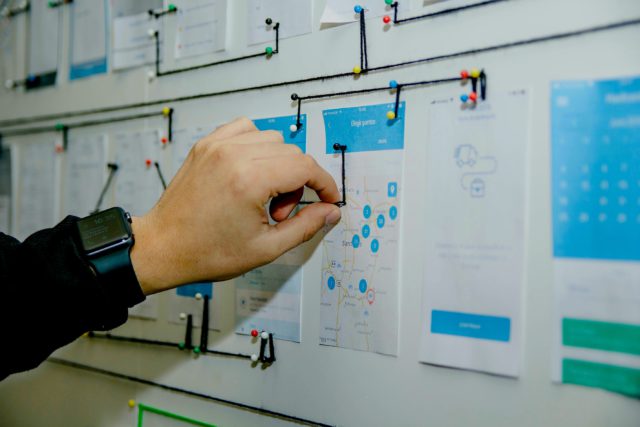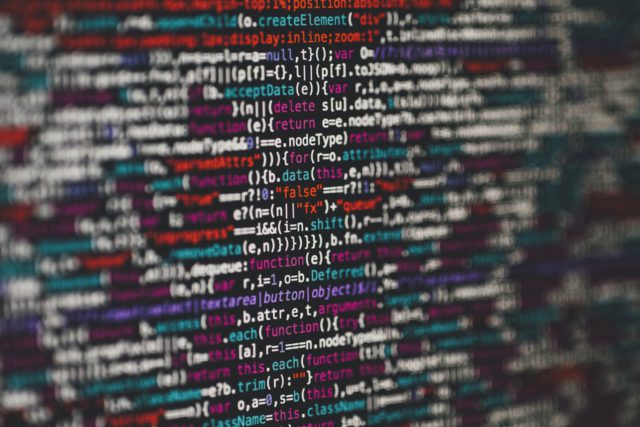Gone are the days of organizations tucking away concerns of critical events as unlikely disasters. 2020’s rapidly changing environment has forced leadership teams worldwide (many for the first time) into multiple critical event management.
With few expectations that this complex new environment will ease up any time soon, we dove into a discussion about navigating multiple threats with experts from RiskLogic, Johns Hopkins University, and Berkshire Hathaway Specialty Insurance.
Wanting to learn how critical event management teams can minimise information overload during critical events, we summarised key talking points to help our community streamline incoming data and minimise communications fatigue.
“The need for both personal and organisational resilience has never been greater. From an organisational perspective, the need to be able to deal with multiple events concurrently [means that we’ve] got to find more dynamic ways to respond and that means tapping into the most effective tools available.” Dan Shields, RiskLogic
Critical Event Management Systems: Centralising Intelligence
First coined in 1964, information overload referred to systems that didn’t have the capability to process large volumes of data.
Fast-forward to 2020, the thought of mid-20th century communities dealing with communication fatigue seems impossible. From smartphones to global pandemics, newsfeeds, and 156 million emails sent per minute per day, our 21st century lives have been inundated with information.

In a critical event, information must flow with speed and accuracy to key decision makers so that teams and personnel can move forward.
Be it in the field, ICT Department, or boardroom, Critical Event Management (CEM) systems allow teams to move out of business-as-usual to a centralised, relevant information stream that is current and streamlined for quality and quantity.
Because information is delivered from identified sources of truth, response teams know that incoming messages are applicable to the situation at hand thereby reducing noise and increasing focus.
Taking critical event management systems to the next generation, 3rd generation technology further supports quality and consistent information delivery during a critical event.
By automating incoming intelligence streams with no-to-low user engagement, real-time information is delivered contextualised to the escalating event and organisational risk threshold.
Freeing up critical people from having to source and retrieve ongoing information updates, incident response teams can focus their efforts elsewhere knowing they are being armed with the best possible information available to navigate the event.
Integrated Communications: A Two-Way Street
Knowing how critical event management systems can benefit first response teams, some time should be spent considering how CEMs can benefit all community stakeholders.
Arming key decision makers with information and context, CEMs also offer a means of integrating incoming data and outgoing communications to front-line workers.
No longer disconnected from the source of truth – thereby minimising the risk of misinformation, integrated CEIMs can connect leadership teams with staff and stakeholders to deliver consistent messages in real time.
Further, by merging all incoming and outgoing information into one integrated solution, response teams can control the content and quantity of messages delivered.
What would this look like in action?
A prime example of front-line worker information overload was the fast-paced outbreak of COVID-19. As the virus began to spread, email send out rates increased by 19%, and staff and stakeholder communities saw a huge influx of messages in both their personal and professional lives.
Why? Because industry best practice suggests that delivering frequent messages and connecting with your community regularly can minimise team uncertainty.
Further, a study undertaken during the first few months of COVID-19 confirmed that frequent communications increase the likelihood that all stakeholders receive needed information.

We can’t fault organisational leaders for following the industry standard. On the contrary, we support continued communication with your team during a critical event but believe there is a streamlined and simplified way to do so.
To minimise information overload for all stakeholders in a critical event, we selected the best practices from our clients’ experiences in disaster management to highlight how organisations can limit communication chaos.
How to Streamline Incoming Information and Deliver Clear Messages During a Critical Event
- Pre-defined Sources of Truth
A strategic Resilience Program considers which selected sources of truth leadership teams will pull their information from. Identified ahead of time, designated sources of truth can stream live information updates to ensure data integrity and help crisis response teams block out unverified or irrelevant news. In the business of looking out for natural disasters? The Australian Bureau of Meteorology (BOM) and the National Oceanic and Atmospheric Administration (NOAA) would be excellent sources of truth. - Low-to-No Touch Technology
Given the likelihood of stretching your A-team during a critical event, leaders can keep people moving forward with designated tasks using 3rd generation SaaS technology. Often coined no-to-low engagement, 3rd generation SaaS technology requires little to no human interaction to deliver workflows and action lists to key personnel. Triggered by silent background monitoring of potential threats and critical events, 3rd generation SaaS tech tools can sync your source of truth to a live data feed and deliver first response plans without the need for ongoing manual manipulation. - Synchronous vs. Asynchronous Communications During Critical Event Management
Knowing when to deliver messages and how to deliver them is a vital component of your critical event response. Recognizing that some stakeholders will require face-to-face interaction while others will best respond to digital communications, synchronous and asynchronous communication mediums can both be relied on during a disaster. Interested in learning more about these two communication modes? Stay tuned for an upcoming article on Synchronous vs. Asynchronous Communications During Critical Event Management. In the meantime, consider and document who you would need to communicate with during a critical event (captured in a stakeholder map) and identify how they would best receive information.Does your team rely on email to send out group notifications? That’s asynchronous communication. Are your people expected to participate in a live MS Teams discussion to explore the impacts of working from home? That’s synchronous communication. We’ll dive further into this topic soon—for now, identify your people and confirm the best way to communicate with them to get your message across.

Industry experts agree – having the right tools to effectively manage multiple critical events and information management is the key to navigating 2020.
Have you considered a digital solution to streamline your Resilience Program? With the current environmental, public health, and social movement challenges expected to continue into 2021, there has never been a better time to simplify your CEM.
Connect with your team online, keep people and projects moving forward, and ensure that your First Response plan meets the need of 2021.
—
Sources
- Interaction Design Foundation, 2020
- Forbes, 2018
- Campaign Monitor, 2020
- Harvard Business Review, 2020













